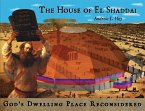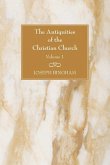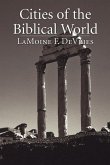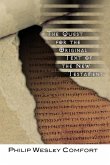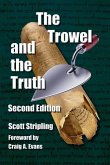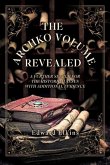Providing the meanings that were originally associated with the art, architecture, rites, and vestments of the Church, this account transforms the worship experience by teaching what certain elements are used and why they are used. Claiming architects should be filled with the spirit of faith and knowledge of the meanings of all structural details and designs of the church, the author illuminates the meanings of the physical elements like the nave, the altar, the cross, and bells. He also clarifies the mystical significance of the chancel site, the glazed windows and pillars, the bell and its clapper, the altar cloths, and how the steps leading up to the altar refer both to Jacob's Ladder and to the degrees in worshippers' hearts.

